In a world facing mounting food security challenges, dwindling resources, and a growing population expected to reach nearly 10 billion by 2050, our current protein production systems are struggling to keep pace. Traditional livestock farming consumes vast amounts of land, water, and feed while contributing significantly to greenhouse gas emissions. As nutritionists, environmentalists, and food security experts search for sustainable alternatives, an unexpected protein source has crawled into the spotlight: insects. These small creatures, often overlooked or considered pests in Western cultures, may hold enormous potential as an efficient, nutritious, and environmentally friendly food source. From cricket flour to mealworm burgers, edible insects are gradually making their way onto innovative menus and into forward-thinking pantries around the world. Could these tiny creatures truly represent the future of protein in our diets?
The Nutritional Powerhouse of Edible Insects
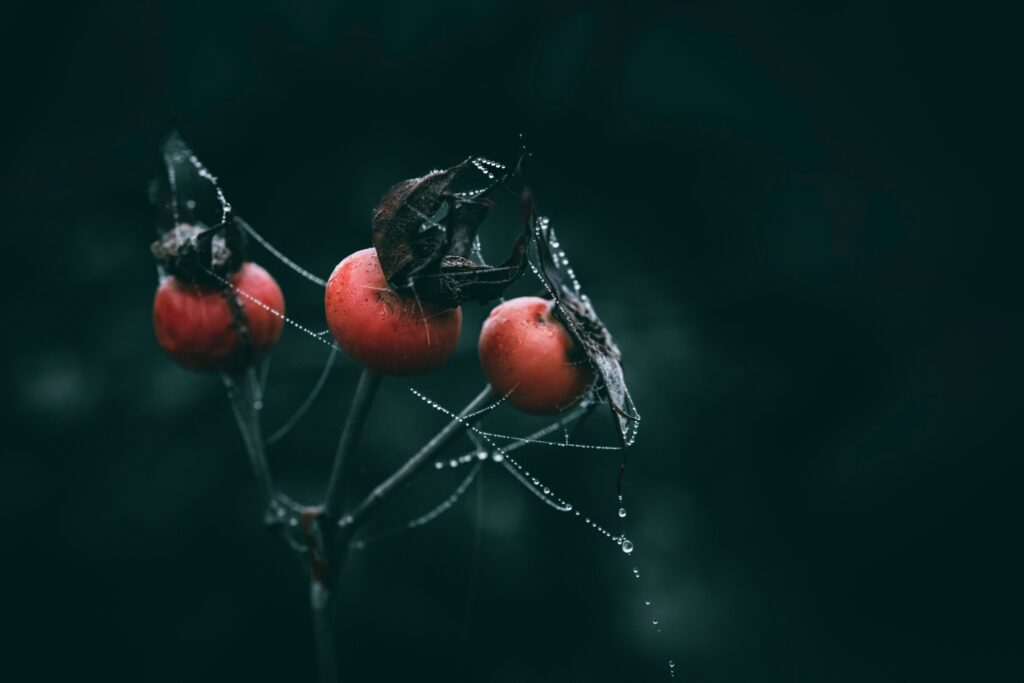
Insects boast an impressive nutritional profile that rivals and sometimes exceeds that of conventional meat sources. Most edible insects contain between 50-70% protein by dry weight, making them comparable to beef and chicken but with a complete amino acid profile. Beyond protein, insects provide essential micronutrients including iron, zinc, calcium, and B vitamins that are critical for human health. For example, mealworms contain more omega-3 fatty acids than fish, while crickets pack more calcium than milk by weight. Their nutritional density is particularly remarkable considering the minimal resources needed to produce them, offering a solution that addresses both nutritional needs and sustainability concerns simultaneously. These nutritional benefits remain largely consistent regardless of the insect species, though there are variations that make certain insects better suited for specific dietary needs.
Environmental Benefits of Insect Farming

The ecological footprint of insect farming stands in stark contrast to conventional livestock production. Insects require significantly less land, water, and feed to produce an equivalent amount of protein. For instance, producing one kilogram of cricket protein requires only 1.7 kilograms of feed, compared to 10 kilograms for the same amount of beef protein. Water consumption is equally impressive—insect farming uses a mere fraction of the water needed for cattle ranching, with some estimates suggesting up to 2,000 times less water required. Additionally, insects produce minimal greenhouse gas emissions, with studies indicating that cricket farming generates 100 times fewer greenhouse gases than beef production. The waste produced from insect farming is also valuable, making an excellent fertilizer that can be used in agricultural applications, creating a more circular food production system.
Commonly Consumed Insects Around the World
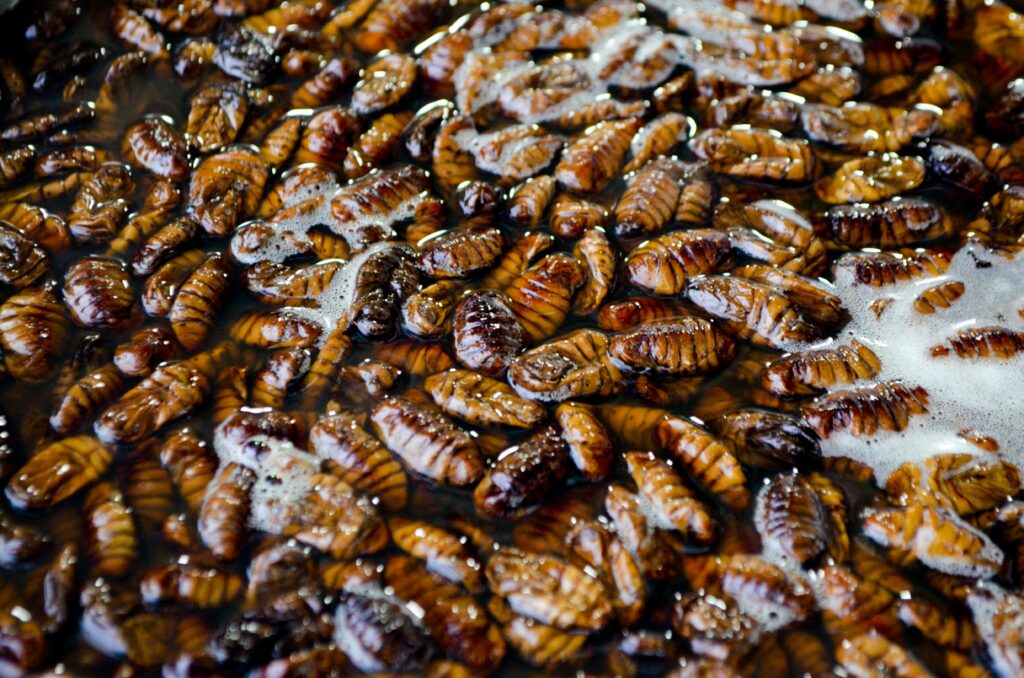
While Western palates may recoil at the thought of eating insects, approximately 2 billion people across 130 countries regularly include insects in their diets as traditional foods. In Thailand, vendors sell crispy fried locusts and bamboo worms as popular street snacks, appreciated for their nutty flavor profiles. Mexican cuisine features escamoles (ant larvae) as a delicacy, often described as having a buttery, slightly nutty taste that pairs well with guacamole. Throughout parts of Africa, termites are harvested during their swarming season and either eaten fresh or dried and ground into nutritious flour for porridge or baking. In Japan, inago (grasshoppers) boiled in soy sauce and sugar have been enjoyed for centuries, while China’s Yunnan province is known for its tradition of serving fried bee larvae. These culinary practices demonstrate that entomophagy—the practice of eating insects—is not merely a survival strategy but a valued cultural food tradition in many societies.
Insect Protein Processing and Food Applications

Modern food technology has revolutionized how insect protein can be incorporated into diets, particularly for consumers hesitant about eating whole insects. The most common approach involves processing insects into powder or flour, which can then be incorporated into familiar foods like pasta, bread, protein bars, and cookies. Several companies now produce cricket flour that bakers can substitute for up to 25% of conventional flour in recipes, adding protein without significantly altering taste or texture. Beyond flour, insect protein is being transformed into texturized meat alternatives that mimic the mouthfeel of beef or chicken, appealing to flexitarians looking to reduce their meat consumption. Food scientists are also extracting insect fats and proteins for use as functional ingredients in various food applications, including as emulsifiers or binding agents. These processing techniques effectively address the psychological barrier many Western consumers face when considering insect consumption, making their adoption more feasible.
Addressing the “Ick Factor” and Cultural Barriers

The most significant challenge to widespread insect consumption in Western countries is the deeply ingrained cultural aversion often referred to as the “ick factor.” This psychological barrier stems from cultural conditioning rather than any inherent unpalatability of insects themselves. Research in consumer psychology suggests that overcoming this aversion requires multifaceted approaches, including education about the environmental and health benefits, gradual exposure to insect-based products, and reformulation into familiar forms. Marketing strategies that emphasize the similarities between insects and more acceptable crustaceans (like shrimp or lobster, which are essentially “sea insects”) have shown promise in shifting perceptions. Educational campaigns highlighting the clean, controlled environments in which farmed insects are raised—far different from the pests people encounter in homes—also help address misconceptions. Perhaps most effective is the introduction of insect protein through processed, familiar foods where the visual insect form is absent, allowing consumers to judge based on taste and nutrition rather than appearance.
Allergies and Safety Considerations

Despite their nutritional benefits, insects are not without potential health risks that warrant consideration in the broader discussion of entomophagy. Individuals with shellfish allergies may experience cross-reactivity with insects due to similar chitin proteins present in both organisms, necessitating caution and clear allergen labeling on insect-based products. Food safety authorities, including the European Food Safety Authority, have established rigorous guidelines for insect farming to prevent microbial contamination and ensure safe consumption, addressing concerns about potential pathogens. Another safety consideration involves the potential bioaccumulation of environmental contaminants in insects, which can vary depending on what they are fed during farming. To mitigate these concerns, commercially farmed insects are typically raised on carefully controlled feed in closed systems, minimizing exposure to pesticides and heavy metals. As the industry grows, ongoing research and regulatory oversight continue to refine safety protocols to ensure insects can be consumed with confidence.
Insect Farming: Scaling for Global Impact
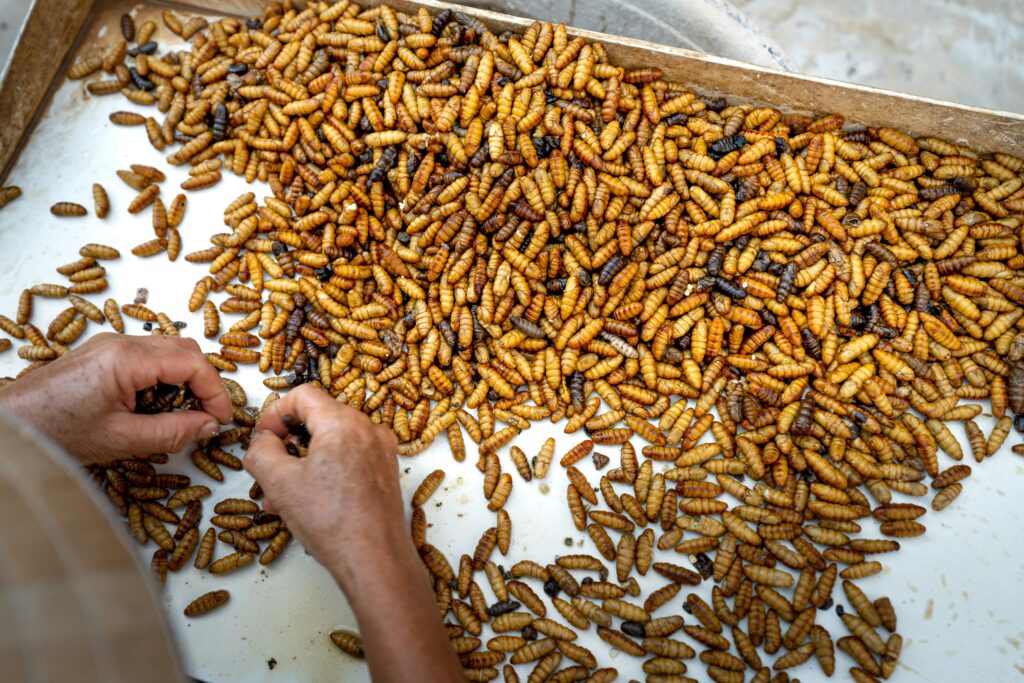
The transition from small-scale insect farms to industrial production presents both challenges and opportunities for the emerging industry. Current operations range from artisanal producers to increasingly automated facilities capable of producing tons of insect protein monthly. The scalability of insect farming shows particular promise, with vertical farming techniques allowing production in urban environments and requiring minimal land compared to traditional livestock. Technological innovations in automation are addressing labor costs, with new systems for feeding, harvesting, and processing insects reducing the need for manual intervention. Economic viability improves as scale increases, with production costs potentially dropping below those of conventional protein sources as technology advances and regulatory frameworks become more supportive. Some analysts predict that with continued investment and technological development, insect protein could achieve price parity with conventional meat within the next decade, making it not just an ecological choice but an economical one as well.
Insects in Animal Feed: An Indirect Path to Acceptance
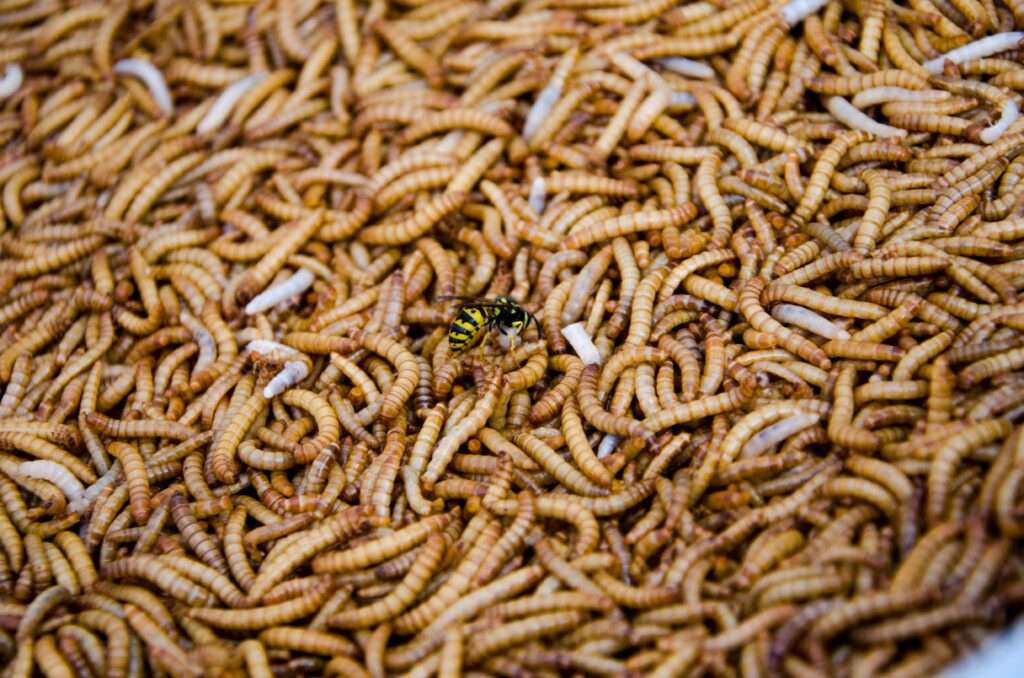
While direct human consumption of insects faces cultural hurdles in Western societies, using insect protein in animal feed represents a more immediately acceptable application with significant sustainability benefits. Black soldier fly larvae, mealworms, and crickets are increasingly being incorporated into feed for poultry, fish, and pigs as alternatives to fishmeal and soy protein. This approach addresses multiple environmental challenges simultaneously—reducing pressure on wild fish stocks harvested for fishmeal, decreasing deforestation for soybean cultivation, and creating a circular economy where food waste can be upcycled through insects into valuable protein. Studies show that animals fed insect-based diets exhibit comparable or improved growth rates and health outcomes compared to conventional feeds. This indirect introduction of insects into the food chain may serve as a bridge to broader acceptance, allowing consumers to benefit from insects’ sustainability advantages without directly confronting their entomophagy aversions. As consumers become more aware of how their food is produced, the knowledge that their chicken or fish was raised on sustainable insect protein could normalize insects’ role in the food system.
Regulatory Landscape and Food Safety Standards
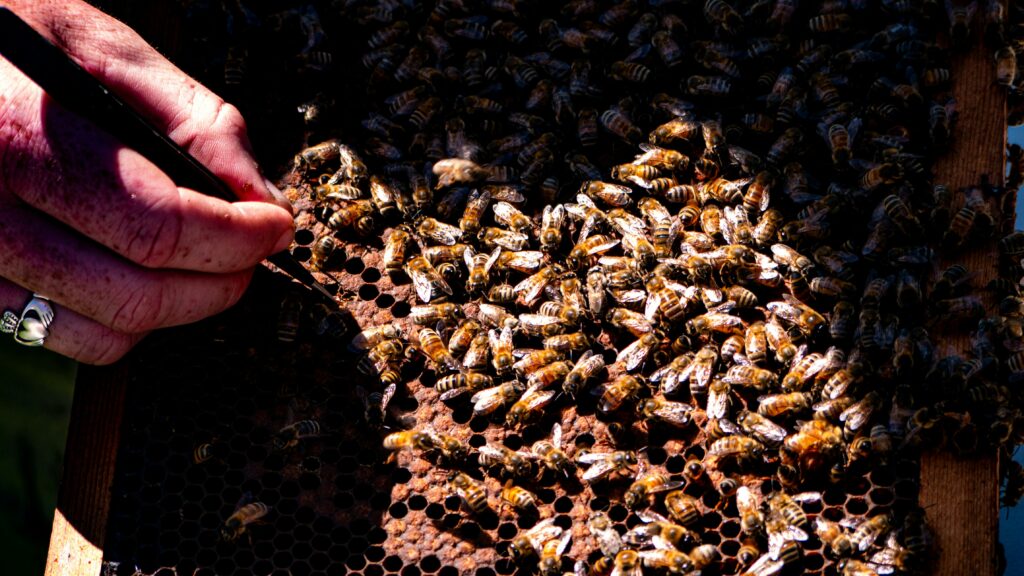
The regulatory framework for edible insects varies dramatically worldwide, creating a complex landscape for producers and hampering industry growth in some regions. The European Union took a significant step in 2021 by approving certain insects for human consumption following rigorous safety assessments, with mealworms being the first to receive authorization. In the United States, the FDA and USDA share oversight of insect-based foods, though the regulatory pathway remains less clear than for conventional foods, creating uncertainty for producers. Asian countries with long histories of entomophagy generally have more established regulatory frameworks, with Thailand, South Korea, and Vietnam actively promoting insect farming through supportive policies. As the industry matures, international harmonization of standards is increasingly important for trade, with organizations like Codex Alimentarius developing global guidelines for insect food and feed. These regulatory developments not only ensure consumer safety but also confer legitimacy on insect foods, potentially increasing consumer confidence in these novel protein sources.
Comparing Insect Protein to Plant-Based Alternatives

As consumers seek sustainable protein alternatives, both insect and plant-based options vie for attention, each with distinct advantages in the sustainability matrix. Insect protein generally offers a more complete amino acid profile than many plant proteins, mimicking animal protein’s nutritional qualities without requiring the extensive fortification or blending needed for many plant-based alternatives. From an ecological perspective, insects typically require less water than water-intensive crops like almonds or soybeans used in many plant-based proteins, though both are significantly more water-efficient than conventional meat. Land use efficiency favors insects, as they can be farmed vertically in controlled environments, while even efficient plant proteins require horizontal agricultural space. Perhaps insects’ most compelling advantage lies in their ability to convert organic waste into protein—a circular economy benefit that most plant proteins cannot match. However, plant-based proteins currently enjoy greater consumer acceptance in Western markets and more established supply chains, representing fewer cultural barriers to widespread adoption.
Culinary Innovation and Insect Gastronomy

Beyond practical applications, a new frontier of culinary exploration is emerging as innovative chefs incorporate insects into fine dining experiences, helping reshape perceptions of entomophagy. Renowned restaurants like Noma in Copenhagen and D.O.M. in São Paulo have featured insects on their menus, presenting them not as novelties but as legitimate ingredients with unique flavors and textures worthy of gastronomic attention. Culinary professionals are developing sophisticated techniques to highlight insects’ culinary potential—toasting crickets to enhance their nutty flavors, fermenting ants to develop complex acidic notes, or using grasshopper powder as an umami-rich seasoning. Cooking schools in countries including Denmark, Mexico, and Thailand now offer specialized courses in insect preparation, training the next generation of chefs in entomophagy techniques. These high-end culinary applications serve as important cultural ambassadors, demonstrating that insects can transcend their perception as “survival food” and become appreciated ingredients that can be both delicious and sustainable when in the hands of skilled chefs.
The Future of Insect Protein in Global Food Security

As global population growth continues and climate change threatens traditional agriculture, insect protein’s role in food security strategies becomes increasingly significant. In regions facing chronic malnutrition, small-scale insect farming initiatives are already providing accessible protein with minimal resource requirements, offering a pathway to improved nutrition without industrial infrastructure. International development organizations including the FAO have recognized insects’ potential, supporting projects that integrate traditional entomophagy knowledge with modern farming techniques in countries across Africa and Asia. Modeling studies suggest that widespread adoption of insect protein could significantly reduce agricultural land use while improving nutritional outcomes, particularly in vulnerable populations. Despite their promise, insects represent one component of a diversified approach to future food security rather than a silver bullet solution. The most effective food security strategies will likely involve multiple protein sources—insects, plants, cellular agriculture, and traditional animal husbandry—optimized for local ecological conditions, cultural preferences, and nutritional needs.
Conclusion: Insects on Our Plates—Evolution or Revolution?

The integration of insects into Western diets represents both an evolution—returning to a food source humans have consumed throughout evolutionary history—and a revolution in how we conceptualize protein production in the 21st century. The evidence strongly suggests that edible insects offer a nutritionally valuable, environmentally sustainable protein source that could significantly contribute to both planetary and human health. However, their widespread adoption will require continued innovation across multiple domains: technological advances in farming and processing, regulatory frameworks that ensure safety while enabling industry growth, culinary development that makes insects delicious and accessible, and cultural shifts that overcome deeply ingrained aversions. The path forward likely involves a gradual transition where insects first supplement rather than replace conventional proteins, appearing in blended products and as ingredients rather than whole organisms. Whether insects become a mainstream protein source or remain a niche alternative will depend largely on our collective willingness to reconsider cultural food taboos in light of pressing environmental and nutritional imperatives. What seems certain is that these small creatures have earned serious consideration in conversations about the future of sustainable protein.

